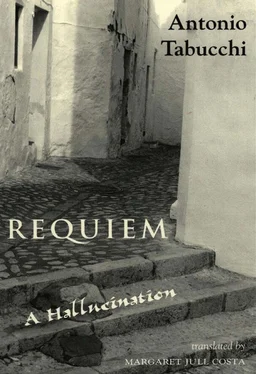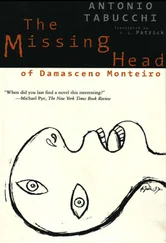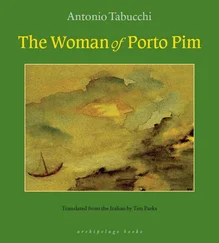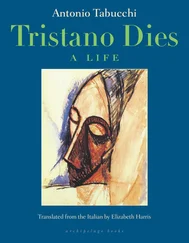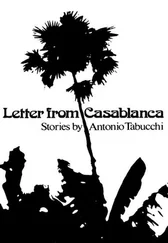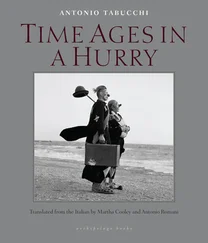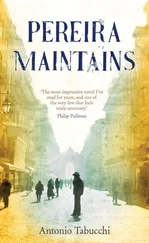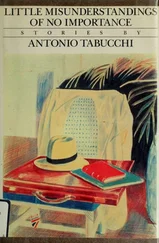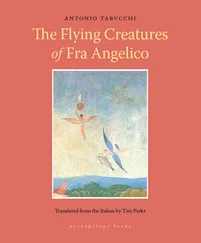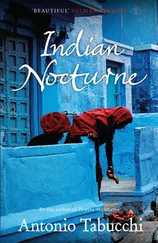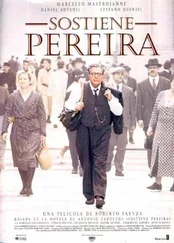Sargalheta
is a winter soup made of bacon, sausage, egg, potato and onion.
55
Pineapple (or orange)
sumol
is a fizzy drink flavoured with the fruit in question and very sweet.
59
“Janelas Verdes’ Dream”, the creation of the Barman at the Museum of Ancient Art (and thus of the author), derives its name from the Museum’s also being known as the Museum “das Janelas Verdes” (of the Green Windows), from the name of the street in which it is located.
78
Arroz de tamboril
is rice cooked with monkfish, tomato, garlic and coriander leaves, served on the boil at the table in the pot in which it is cooked.
78
Açorda de mariscos
is described in the note to page 47.
78
The
sopa alentejana
here discussed is supposed to be the simplest cuisine of the region — a cuisine based, like all the recipes of the poor, on few and simple ingredients (in this case, boiling salted water, toasted garlic bread, fresh coriander leaves and raw eggs), but abundant in soups of all kinds.
83
Ensopada de borreguinho à moda de Borba
, an Alentejo speciality, is a stew of lamb’s flesh and offal flavoured with vinegar and served on thin slices of bread that thus turn into broth.
83
Poejada
is a soup of stale bread, garlic, onion and fresh cheese, flavoured with
poejos
(a sort of wild mint).
100
Colares, near Sintra, is famous for its exquisite white wine.
102
As with every menu of “creative cookery” or
nouvelle cuisine
, that of Mariazinha — who has worked in a
pousada
, a State-run luxury hotel, often a converted castle, villa or convent, like the Spanish
paradores
— is entirely the product of fantasy. But as it is a “literary” menu it is worth clarifying the references:
Amor de Perdição is the title of the most famous novel (1863) by Camilo Castelo Branco, a great writer of the Romantic era. Fernão Mendes Pinto (c. 1510—83), navigator and adventurer, lived mostly in the Far East and wrote the Peregrinação , a sort of grandiose epic poem in prose. Still in the area of seaborne adventure is the História trágico-marítima , a miscellany ascribed to various authors, giving the accounts of sixteenth- and seventeenth-century shipwreck-survivors. “Interseccionismo” was an artistic movement founded by Fernando Pessoa in 1914 with the publication of his poem “Chuva oblíqua” (“Slanting rain”). The “Cantigas de escárnio e mal-dizer” (“Lays of slander and disdain”), are the satirical, comic-realistic form of the Galician-Portuguese lyric tradition between the late twelfth and early fourteenth centuries. As for the lake at Gafeira, it is a fantasy location in which José Cardoso Pires sets his novel 0 Delfim (1968). The recipe for enguias da Gafeira à moda do “Delfim” happily coincides with the traditional recipe for enguias à moda da Murtosa and is described in the text.
SERGIO VECCHIO
Letter from Casablanca
(Translated by Janice M. Thresher)
Little Misunderstandings of No Importance
(Translated by Frances Frenaye)
Indian Nocturne
(Translated by Tim Parks)
The Edge of the Horizon
(Translated by Tim Parks)
Pereira Declares
(Translated by J. C. Patrick)
The Missing Head of Damasceno Monteiro
(Translated by J. C. Patrick)
